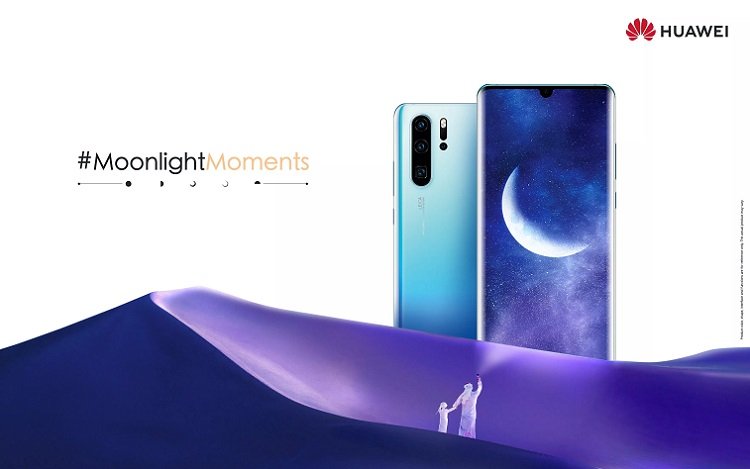Huawei officially released the EMUI10 at the Huawei Developers Congress on August 9, in Dongguan, China, and the President of the Software Engineering Department at Huawei Consumer Business Group, Dr. Wang Chenglu said that EMUI10 is pioneering distributed technology applications for providing an all-scenario experience. Its development has enabled scenario-specific applications such as audio and video calls in all scenarios, business tasks across devices, and smart vehicle-mounted devices. In the same stroke, one-time development for multi-device deployment can reduce costs, improve efficiency, and provide users with an all-scenario, smart experience.
Dr. Wang further said, EMUI10 Beta version will be internally tested with Huawei P30 series and other models on September 8, and EMUI10 will be available on the next generation of Mate series products.
At this point, Huawei EMUI has more than 500 million DAUs in 216 countries, and supports 77 languages. Technological iterations have been made over the past 7 years since the birth of EMUI1.0 in 2012. Huawei is dedicated to providing EMUI upgrade services and premium experience for existing users. Statistics show that the user upgrade rates of EMUI8.0 and EMUI 9.0 reached 79% and 84% respectively and that the number of users upgrading their phones to EMUI10 is expected to reach 150 million.

Dr. Wang Chenglu, President of the Software Engineering Department at Huawei Consumer Business Group
EMUI10 brings three updates: UX design, an all-scenario ultimate experience, and a new standard of smooth operation. It adopts revolutionary distributed technology to support HD video calls among multiple devices. Users can make audio and video calls whenever and wherever they are. If there is an incoming call, users can choose to answer using a smart speaker. Or if it is a video call, they can answer through a TV, vehicle-mounted device, or even send a real-time video feed from a drone so that friends and family can also enjoy the beautiful scenery. At work, a smartphone and computer can share screens so that data can be exchanged easily through drag-and-drop. Such a seamless experience is made possible by revolutionary distributed technology.
To implement distributed technology, the hardware capabilities of each device need to first be virtualized. In other words, what a device is capable of, such as in terms of its display, camera, microphone, or speaker, is not based on the device itself but rather a shared resource pool. In this way, each device can leverage needed functions or hardware capabilities from the resource pool or by sharing their capabilities with other devices. Therefore, for users and applications, different devices can be merged into one.
In addition to improve product experience, it also builds up a distributed all-scenario security system. It fortifies an in-depth security defense system by using in-house hardware and software, and uses a chip system architecture and system kernel as a foundation for security and trust. Only devices authenticated by the user can be connected to other user devices, and in addition, communication between devices is encrypted end-to-end to ensure absolute security of data transmission.
There are more diversified smart devices including smartphones and smart TVs, and with the popularization of application ecosystems, the number of devices and applications of a user is rapidly increasing. Users require having the same experience as they use the same service in different devices and having access to services with any device no matter where they are. Consequently, developers face great challenges in multi-device adaptation, multi-language learning, and cross-device data convergence.
In the future era of multiple scenarios and multiple devices, application developers need to change when the requirements are changed. As stated at the launch event, EMUI provides a distributed UI programming framework and virtualizes hardware capabilities. As a result, developers can create apps for multiple devices without needing to make adaptations for the same program.







